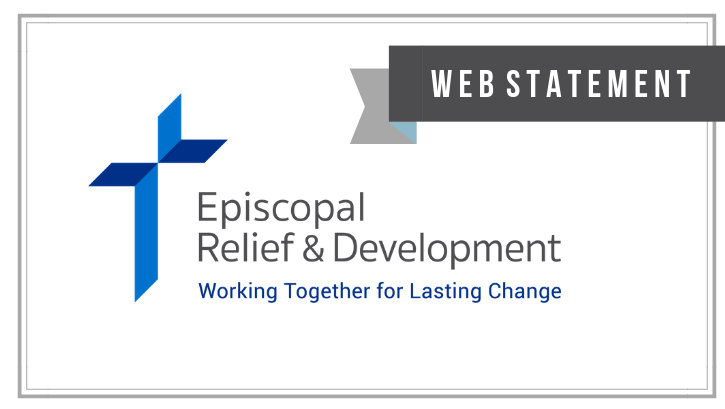Effects of Japan Earthquake and Tsunami Widespread

March 14, 2011
Episcopal Relief & Development is supporting the rescue and relief efforts of the Nippon Sei Ko Kai (NSKK; the Anglican Communion in Japan) following the 8.9-magnitude earthquake and resulting tsunami that struck Japan this past Friday. This quake was the strongest to hit the country since officials started keeping records over 100 years ago. It is estimated that at least 10,000 people have died as a result of the disaster, though it may be weeks or even months before an accurate tally can be reached. Shelters are accommodating 350,000 people who have become homeless. Of families who are still in their homes, 1.3 million were without power as of Monday morning, and 1.4 million were without running water. Adding to the crisis is the situation at the Fukushima nuclear plants, which has prompted the evacuation of more than 180,000 people. Local authorities are continuing to screen and treat people for radiation exposure.
Prime Minister Naoto Kan told a news conference in Tokyo late Sunday: “I think that the earthquake, tsunami and the situation at our nuclear reactors makes up the worst crisis in the 65 years since the war. If the nation works together, we will overcome.”
Damage to transportation and communication infrastructure has made information collection difficult, so the full scope of the disaster is not yet known. It was two days before the bishop of the most severely affected diocese, the Rt. Rev John Hiromichi Kato of the Diocese of Tohoku, was able to communicate with provincial leadership, and he himself had not been able to find out much about the other churches in the diocese.
“There is particular concern for two churches,” reported Archbishop Nathaniel Makoto Uematsu, who spoke with Bishop Kato. “Isoyama St. Peter’s Church in Fukushima Prefecture and Kamaishi Shinai Church and the kindergarten in Iwate [were] close to the sea. Priests have been frantically trying to confirm that their parishioners are safe.” The Archbishop went on to explain that churches in the Kita Kanto diocese had also been affected, and that the Sendai Christchurch Cathedral had been badly damaged.
Donations to Episcopal Relief & Development’s Japan Earthquake Response Fund will provide vital support to the NSKK. In Tohoku, the Church is planning to establish an emergency relief center at the diocesan building, with Bishop Kato leading the efforts to respond to the crisis. At the Provincial level, Archbishop Uematsu is working to develop a response structure that is capable of dealing with a disaster of this magnitude, and will include organizing and supporting a network of volunteers to carry out the relief and restoration work.
After the emergency phase, Episcopal Relief & Development will continue to support the restoration and rehabilitation of affected areas in Japan. The agency will be liaising with other Anglican and international bodies, sharing information and working to ensure that the overall response is coordinated and follows the vision of the NSKK. Episcopal Relief & Development has collaborated with the NSKK in the past, through broader regional partnerships to address climate change, peace-building and humanitarian initiatives.
Outside Japan, the impact of the tsunami is widespread. Churches and partners around the Pacific region have been affected, including those in Hawai’i and on the west coast of the US. Episcopal Relief & Development has been in contact with affected dioceses and is standing by to offer assistance.
View before-and-after satellite photos of tsunami-affected areas on the New York Times website here.


